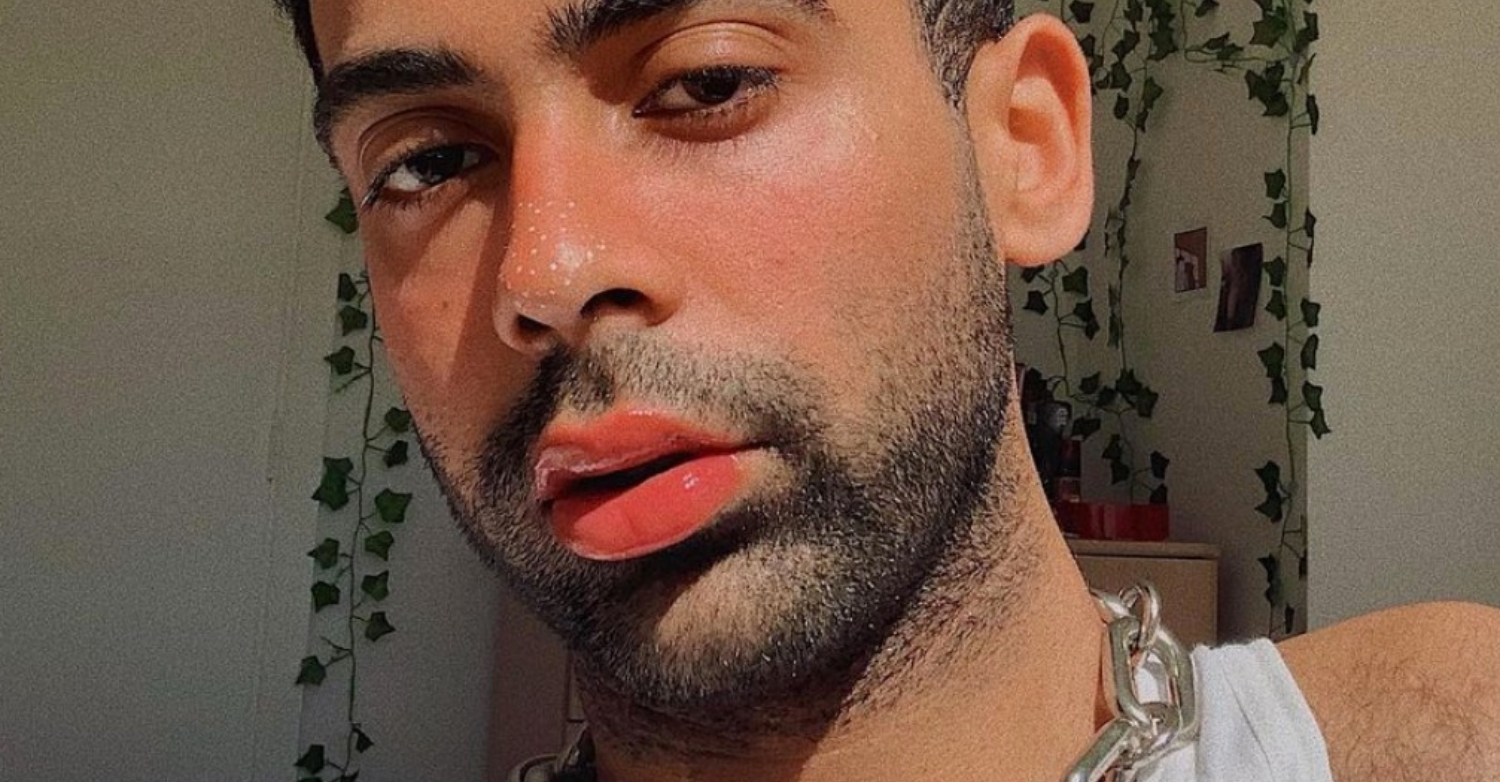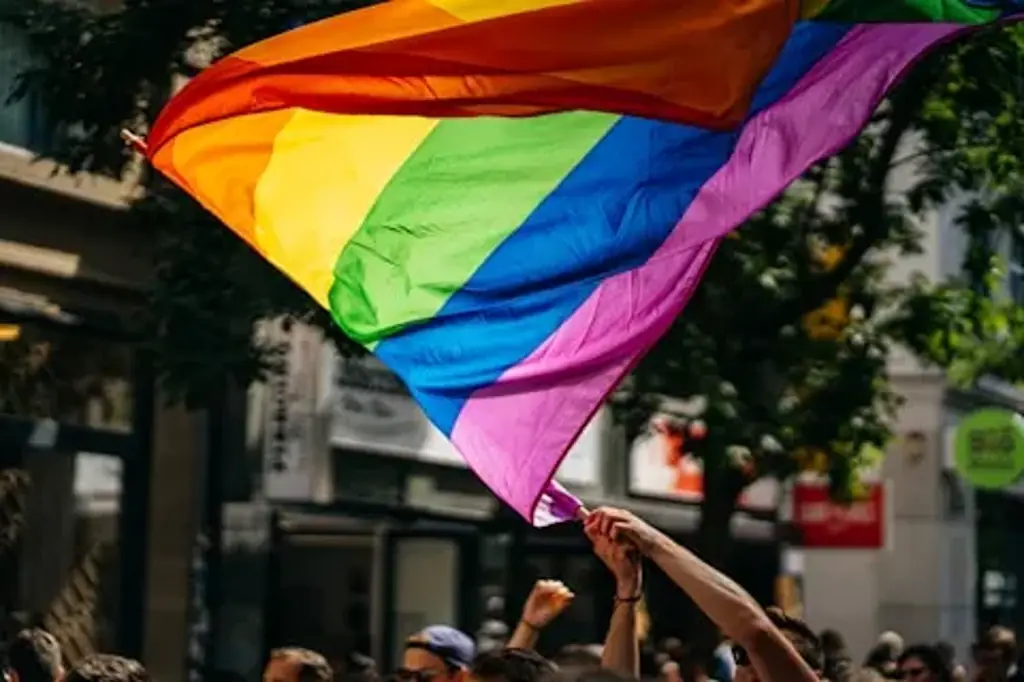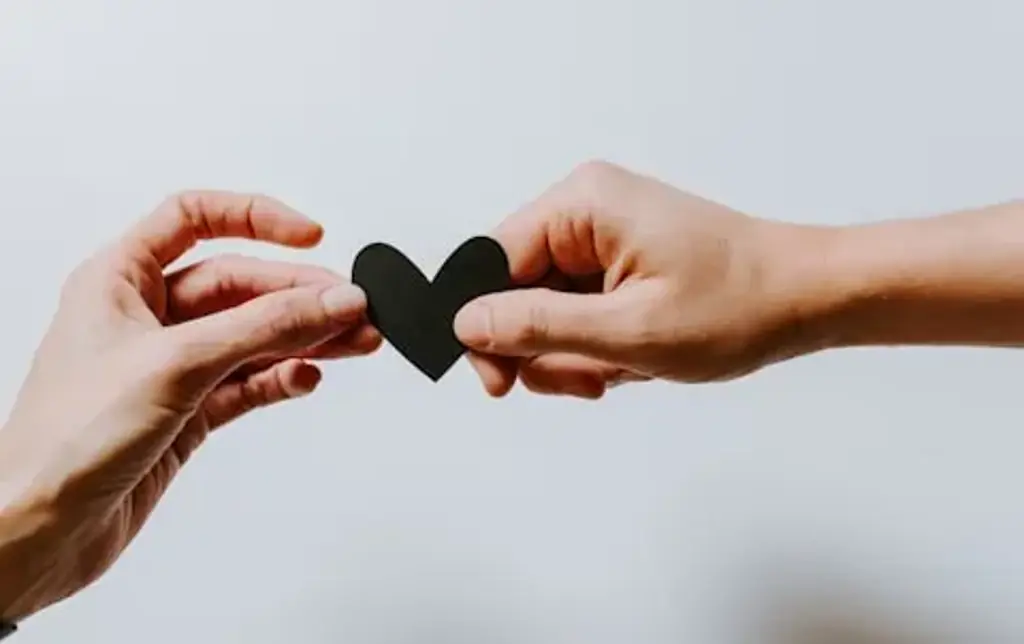
An androgynous model who was once unable to explore his gender identity and sexuality has opened up about how he is increasing representation for queer people of color.
Somriddho Dasgupta originally hails from New Delhi, India, but he now lives in London, where he is working for greater inclusivity within the fashion industry.
He was helped by his parents, who, despite coming from a conservative background and country, have fully embraced his sexuality and identity in spite of those who don't.
VT recently spoke to Somriddho for this year's LGBT History Month UK about the trials and tribulations he has faced in establishing himself as an androgynous model of color.
This comes after data supplied by fashion search engine Tagwalk found that models who openly identify as LGBTQ+ appeared in 25 percent of the industry's 68 top runway shows during the Spring/Summer 2019 season - a marked increase from an average of 10 to 15 percent in 2016 when the sexuality and gender identity of models first began to be tracked.
Explaining how his experience as a queer person of color has differed in the West, Dasgupta said he moved to London when he was 15 years old and therefore had few experiences as a queer person in India, where "casual homophobia was quite common. 'Gay' was used as a term of insult, and people who were openly gay were always made fun of."
He explained that he came out to his parents after moving to London, and while they were initially surprised by the revelation, they soon embraced his modeling dream and have been supportive ever since.
This prevalence of homophobia in India was why Dasgupta did not explore his gender expression and sexuality until he moved to London, however, even in the West, he has still suffered homophobia.
"My experience in London as a queer person of color has been quite mixed," he said. "I [have] met people who respect me and love me for who I am.
"But at the same time, I have also met people who are homophobic and fetishized me for my race; people, both within and outside the LGBTQIA+ community. The internalized homophobia in our community is quite upsetting."
In recent years, there has been a move toward an increased understanding of different gender identities, and Dasgupta said that he has always been inspired by non-binary people because of how they present themselves in art.
"There are so many incredible non-binary people who I love: Sasha Velour, a drag queen; Jamie Windust, a writer, and Radam Ridwan, an artist. More representation for non-binary people has also inspired me to keep staying true to myself and to keep raising awareness about androgyny," he said.
Dasgupta's words reflect those of the author of A Queer History of Fashion: From The Closet To The Catwalk, Valerie Steele, who said in an interview with Dazed that the LGBTQ+ community's involvement in fashion involved a hyperawareness of style that allowed them "to communicate with other [LGBT] people."
Dasgupta explained that his understanding of his gender expression and sexuality was dramatically affected by his ethnic background.
"My country places a lot of emphasis on masculinity," he said. "Men are expected to act in ways that are considered the norm. If you try to do anything that is even a little bit different (for example, wear makeup), [you are] looked down upon.
"The thought that I needed to act in a masculine manner at all times to be accepted by my society made me feel claustrophobic.
"I think it was through RuPaul's Drag Race that I learned that gender expression comes in different forms and that gender can be fluid. That was the first time I felt free. Growing up, that show was definitely my escape because it is where I felt represented and seen."
While Dasgupta has met people who have embraced him for who he is in London, establishing himself as an androgynous model of color has not been without its challenges.
"There aren't many androgynous, petite models of color in the industry," he explained. "So I definitely had to work harder, compared to many to prove myself and make a place for myself.
"I started working as an extra for free on sets. There, I'd meet people and try to make connections.
"When I landed my first proper modeling gig, I was told by the brand that they wanted me in their campaign because they were trying to be inclusive. However, when I got on set, I was the only queer model and person of color on the set. This is not inclusivity."
Dasgupta then went on to explain how brands and companies can be genuinely inclusive without making those they have hired feel like they are only on set to tick a box.
"Adding just one person of color to an otherwise entirely white cast is not inclusivity. This made me feel like an accessory and made me feel fetishized. I really want this to change," he said. "London is such a beautiful, diverse city. Brands should work to represent this diversity well."
As noted by Genderspectrum.org, people can express their gender in a variety of ways, regardless of whether they identify within the binary, and this is why Dasgupta believes that designers should stop categorizing their clothing.
"This enforces the idea that gender can only be masculine or feminine, which is untrue," he said.
"If this system of classification is removed, people would feel more comfortable to shop from both collections. This would be amazing for both, people who are outside the gender binary and also, people who identify with the gender binary.
"It would be good for the former because we'd know that we're finally being seen by designers, and for the latter, because it would allow them freedom from the expectations and stereotypes that the gender binary places upon people."
There are famous examples of androgyny in the world of fashion, like David Bowie's Ziggy Stardust, and their continued influence in the LGBTQ+ community is a testament to the fact that there is so much to be gained by embracing people who step outside the gender binary.
Having worked hard to establish himself as a queer model of color, Dasgupta has some words of wisdom to any other LGBTQ+ people who are looking to explore androgyny.
"At the end of the day, in an attempt to fit somebody else's perception of beautiful, if you end up making yourself upset by not staying true to who you are, what's the point?" he said. "If you ever feel like you're alone in your journey of exploring androgyny, hit me up! No seriously, I mean it!
"All my life I felt like I was alone and I do not want anyone else to feel that way. This is also the reason why I’m raising awareness about androgyny! So hit me up!"
However, even those who are not looking to explore their gender expression in this way can help to forge a better future for the LGBTQ+ community by supporting their friends in the right way.
"Just be there for them," Dasgupta advised. "It's such a small thing to do, but it honestly makes all the difference. [In exploring their gender expression], your friend is doing something that they have not done before.
"Also, try learning about androgyny yourself. It would make understanding what your friend is experiencing easier and consequently, you’ll be in a better position to support them."
Somriddho's words are a testament to how the fashion industry is slowly changing for the better, but his insight into being fetishized for his race and sexuality emphasizes just how far it has to go to achieve real LGBTQ+ inclusivity.
LGBTQ+ History Month – to fully understand the present, we must educate ourselves on the past.














